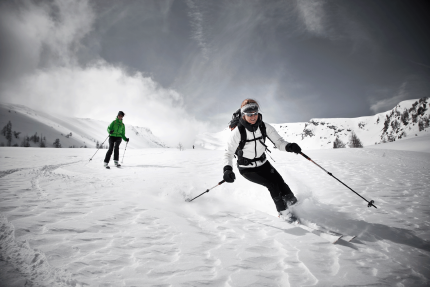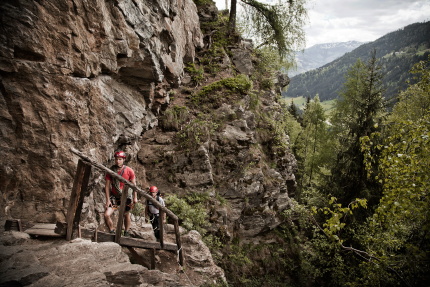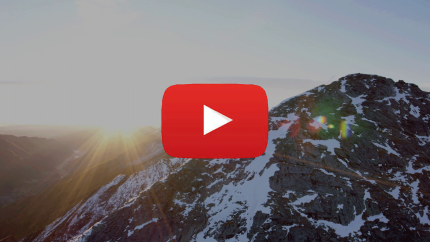UNESCO Biosphere Reserve Salzburger Lungau
Country: Austria
Established in: 2012.
Surface area: 102,000 hectares.
Municipalities: Göriach, Lessach, Mariapfarr, Mauterndorf, Muhr,
Ramingstein, St. Andrä, St. Margarethen, St. Michael, Tamsweg, Thomatal, Tweng, Unternberg, Weisspriach and Zederhaus.
Main features: mountain area and mountain lakes; smal structured agriculture and organic farming.
Discover the Park!
Park Description:
This southernmost district of Salzburg province, in partnership with the Nockberge region of Carinthia, is since 2012 known as UNESCO Biosphere Park Salzburger Lungau & Kärntner Nockberge. The third and biggest UNESCO Biosphere Reserve in Austria proudly stands as a model region for sustainable development. No matter what season, nature in all its diversity always presents its most beautiful side and offers unique vacation experiences far away from the hectic pace of everyday life.
The Region is approximately 1.020 km² in size and has a population density of about 20 people per km². For generations, people have actively influenced nature through their actions and thus created the appearance of a very valuable landscape. Nearly 100 km south-east of Salzburg City, the 15 villages of the Lungau Region lie on a high plateau between the Niedere Tauern to the north and the Nockberge to the south. These communities include Göriach, Lessach, Mariapfarr, Mauterndorf, Muhr, Ramingstein, St. Andrä, St. Margarethen, St. Michael, Tamsweg, Thomatal, Tweng, Unternberg, Weisspriach and Zederhaus. Except for Ramingstein, all of the region’s towns are above 1,000 metres in elevation. The mountain climate of the Lungau alleviates respiratory complaints and optimises endurance training.

Ski at Salzburger Lungau - Photo by UNESCO Biosphere Reserve Salzburger Lungau
To maintain and strengthen this landscape and region, the management body of the Biosphere Reserve is aimed at encouraging and promoting the awareness of the way humans and nature interact and combining the protection and conservation of natural and cultural influenced biodiversity with the social and economic development of the region through supporting and implementing innovative and sustainable projects in agriculture and forestry, tourism, industry, trade, education, culture and tradition.

Tourists at Salzburger Lungau UNESCO Biosphere Rserve - Photo by Salzburger Lungau UNESCO Biosphere Rserve
Many have fallen already head over heels in love with the sunny Salzburg’s Lungau region. And it‘s no wonder; it lives up to everything it promises: crystal-clear mountain lakes, romantic huts and hill farms, charming cycling and mountain bike paths in summer. When temperatures in Lungau's mountain world begin to drop, the hearts of true-blue winter sports fans warm up in eager anticipation. Boundless variety is also assured in Lungau region for big and small: guaranteed by the skiing areas Katschberg Grosseck-Speiereck, Fanningberg and Obertauern. Unique customs, and culinary specialties will make everyone‘s heart beat faster with pure excitement all year long.
CEETO Pilot Action Objectives:
The pilot aims to implement the tourism governance model inside the Biosphere Reserve Salzburge Lungau, "a model region for sustainable development", Austria's largest Biosphere Reserve. It includes 15 municipalities with ca.21,000 inhabitants. For generations, people have actively influenced nature through their actions, shaping the landscape. In Lungau there are numerous valuable habitats for fauna and flora that must be preserved by developing sustainable practices.
UNESCO Biosphere Reserve Salzburger Lungau - CEETO Pilot Area video-presentation:
This video portrays the main natural features and tourism challenges that the UNESCO Biosphere Reserve Salzburger Lungau, Austria, is facing. With CEETO project, the Park will test and implement a system to tackle the existing challenges.

